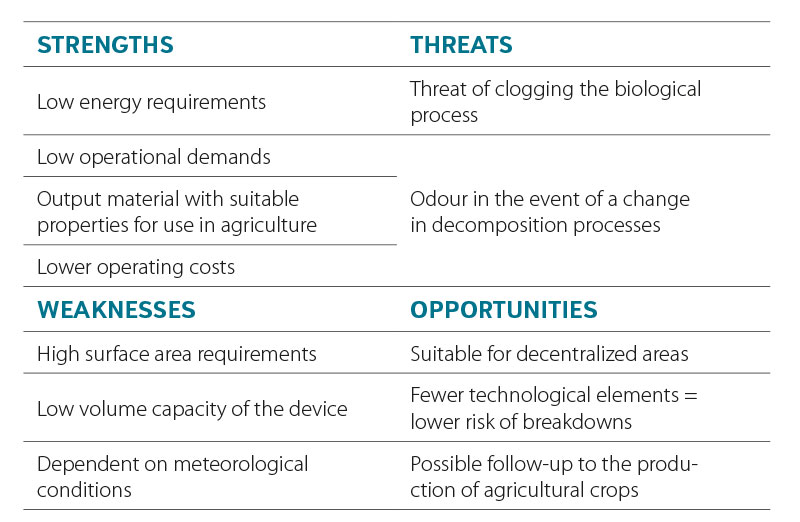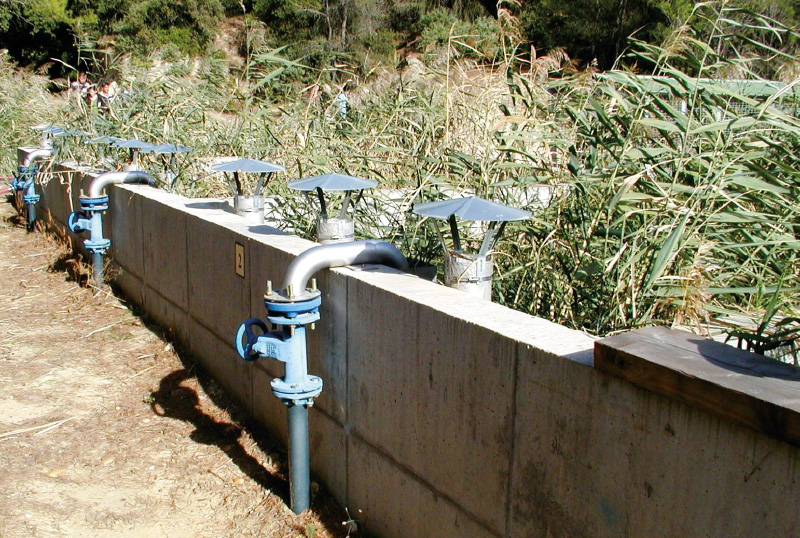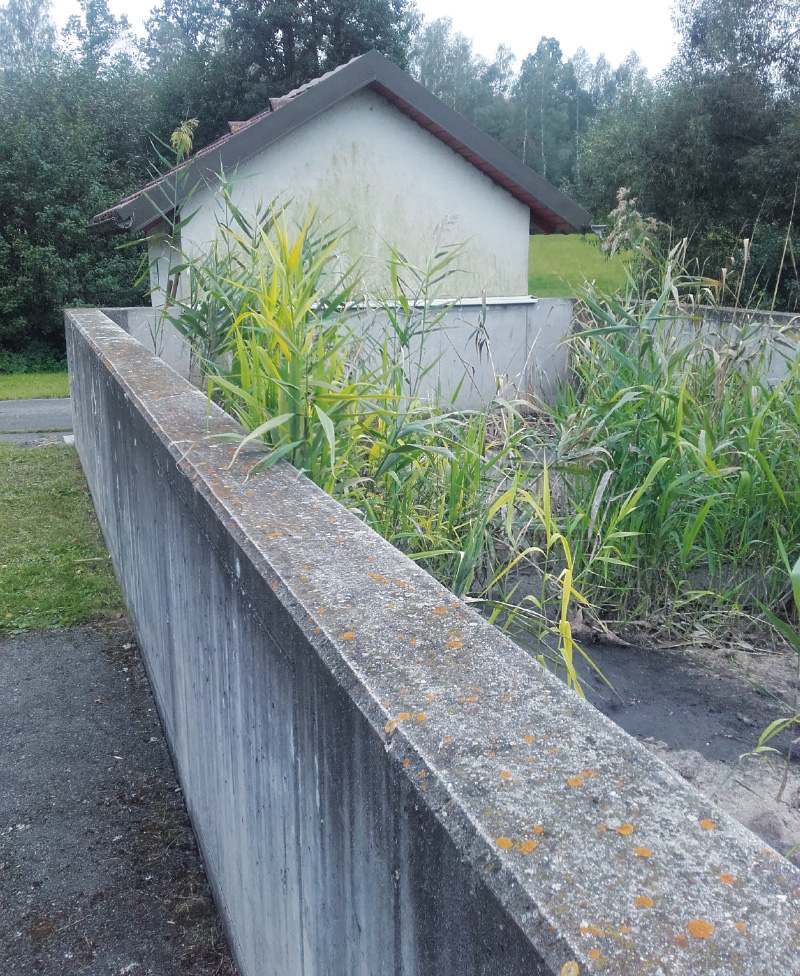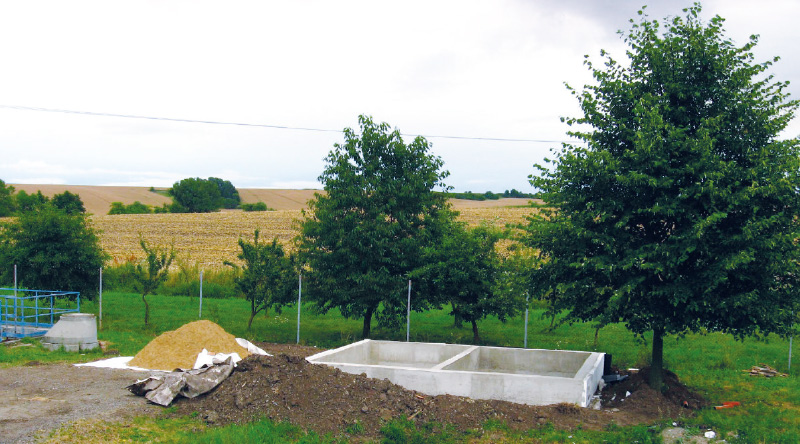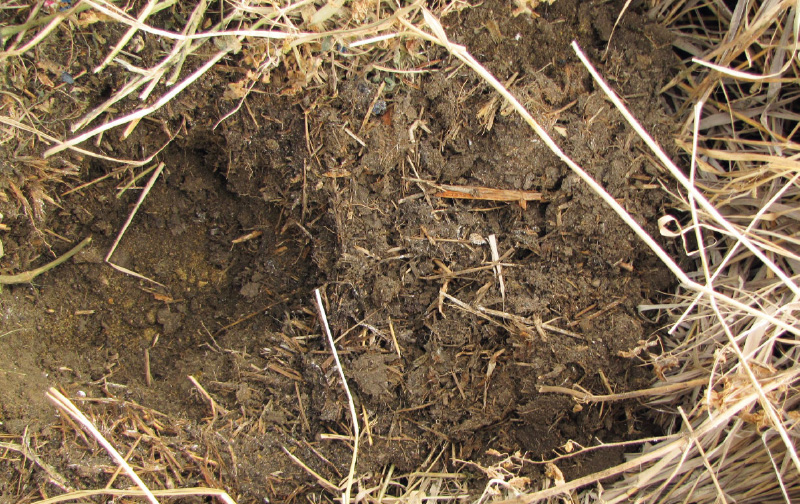At present, the problem of waste disposal is growing worldwide; its secondary use is therefore more than desirable. A pressing problem for many small municipalities that need to build or reconstruct a wastewater treatment plant (WWTP) is solving the issue of processing the resulting sludge and its stabilization, sanitation, and further application. It is not unusual for small municipal WWTPs to lack a complete in-situ sludge management (including dewatering etc.). Sewage sludge is thus often pumped out at high cost and transported to a large WWTP. The main goal for the real application of sewage sludge is to prevent future damage to soils, plants, and the health of animals and people. For this reason, taking into account the substances currently present in the sludge (e.g., organic micropollutants), it is advisable to sufficiently pre-treat the sludge, not just sanitize it to eliminate above-limit microbial pollution.
Since 1 January 2021, the possibility of direct application of sludge is newly established under the Waste Act No. 541/2020 Coll., and Decree No. 445/2022 Coll., which amends Decree No. 273/2021 Coll., on the details of waste management, as amended by Decree No. 78/2022 Coll., and other related Decrees in the field of waste management. This Decree is valid from 1 January 2023.
Conversely, the correct use of sludge can be very useful for the soil because treated sludge is a rich source of organic matter, basic nutrients (nitrogen, phosphorus, potassium, calcium, etc.), and trace elements.
The Sludge Treatment Reed Bed (STRB) technology of so-called “Reed Bed” (RB) units is intended for the passive dewatering of sewage sludge, taking into account the economic point of view directly at the place of their origin. The principle of the technology is the gradual dosing of raw sewage sludge originating from activation tanks of mechanical-biological WWTP, or from objects of mechanical pre-treatment of water (sand traps, septic tanks, settling tanks of various types), so-called constructed wetland, and its gradual dewatering based on filtration through the drainage layer and evapotranspiration with the help of planted wetland plants. Sludge is dosed in certain periods and, in the period between dosing, both the humidity of the sludge is reduced and it is gradually stabilized. After filling the sludge field to the operational maximum, the system is shut down and the phase of mineralization of the matrix and reduction of the sludge volume occurs, so that “fresh” sludge can be dosed again. In this way, the maximum operating capacity of the sludge field is gradually reached after several years, and it must be shut down. The final stage is stabilization and, as has been proven to a certain extent, sanitation of the mixture of sludge and decomposable biomass of wetland plants, after which the mixture can be extracted for use. The time required for the entire filling cycle is several years but, based on experience, a maximum of ten, depending on the projected volume. The resulting material resembles compost.
As part of research supported by TA CR, this technology was tested in semi-operation both for mechanical-biological (activation) WWTP up to 1,000 p.e. and for the so-called constructed wetland of the same size category. Research has shown that the use of technology based on extensive dewatering of sludge and its stabilization in sludge fields with suitable wetland vegetation, possibly with the use of protection against dilution of the dried mixture by precipitation (greenhouse, canopy), can represent an alternative to other technologies, especially in combination with a constructed wetland. A condition is a sufficiently large area of land, which is often an example of small municipalities that use constructed wetland.
The following diagram (Tab. 1) shows a simplified SWOT analysis for the possible use of STRB unit technology in the Czech Republic. A detailed analysis of the possible use in a specific case will be tailored to local conditions as part of the decision-making analysis to solve the issue of sludge management in a given location.
The described sewage sludge dewatering technology can be the first stage of treatment which, by ensuring subsequent appropriate steps (e.g., standardization of substrates by the addition of other additives or processing into pellets) opens the way for the sensible use of sludge on arable land.
Tab. 1. Simplified SWOT analysis for the possible use of STRB unit technology in the Czech Republic
The following photos show examples of the use of STRB units for sludge dewatering:
 Fig. 1. STRB unit with controlled pipe system for filling and ventilation, larger WWTP with SBR reactor, France
Fig. 1. STRB unit with controlled pipe system for filling and ventilation, larger WWTP with SBR reactor, France
 Fig. 2. STRB unit for village WWTP, size below 200 p.e., Austria
Fig. 2. STRB unit for village WWTP, size below 200 p.e., Austria
 Fig. 3. An example of the construction of the basic structure of two STRB units to ensure the alternating operation of filling, dewatering, and stabilization of sludge from the settling tank of the constructed wetland, Czech Republic
Fig. 3. An example of the construction of the basic structure of two STRB units to ensure the alternating operation of filling, dewatering, and stabilization of sludge from the settling tank of the constructed wetland, Czech Republic
More information can be found on the website of Dekonta [5]. The site also contains e-learning material that was processed as part of project TH02030532. It includes basic information about the research and presentations on the subject in PDF format, which are free to download and can serve as educational material for the professional public and operators of small municipal sewage sludge sources, as well as basic information about the certified methodology for the practical implementation and operation of RB unit systems.
 Fig. 4. Structure of the dewatered and stabilized mixture of sludge and wetland vegetation after 7 years of operation of the STRB unit and after shutdown for one season to complete the process of stabilization and sanitation of the mixture
Fig. 4. Structure of the dewatered and stabilized mixture of sludge and wetland vegetation after 7 years of operation of the STRB unit and after shutdown for one season to complete the process of stabilization and sanitation of the mixture
In case of further interest in practical use or implementation, do not hesitate to contact Ing. Petra Najmanová, Ph.D., Head of the R&D Department at Dekonta, a. s. (najmanova@dekonta.cz) or Mgr. Michal Šereš (michal.seres@gmail.com). If you are interested in the theoretical and research part of the issue, do contact the authors of the article.
Acknowledgements
The article was written as part of the practical implementation of the results of the project TH02030532 “New procedures for treatment and stabilization of sewage sludge from small municipal sources”.
This informative article has not been peer-reviewed.
